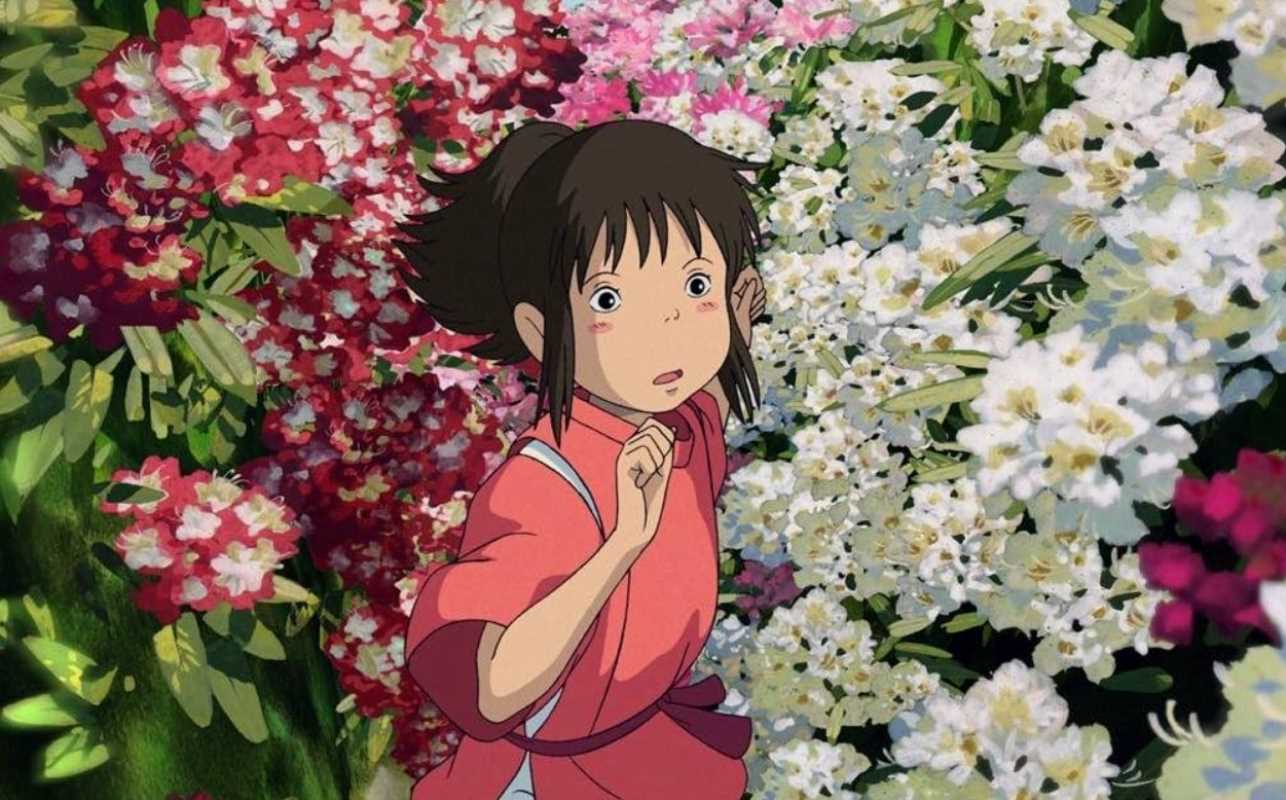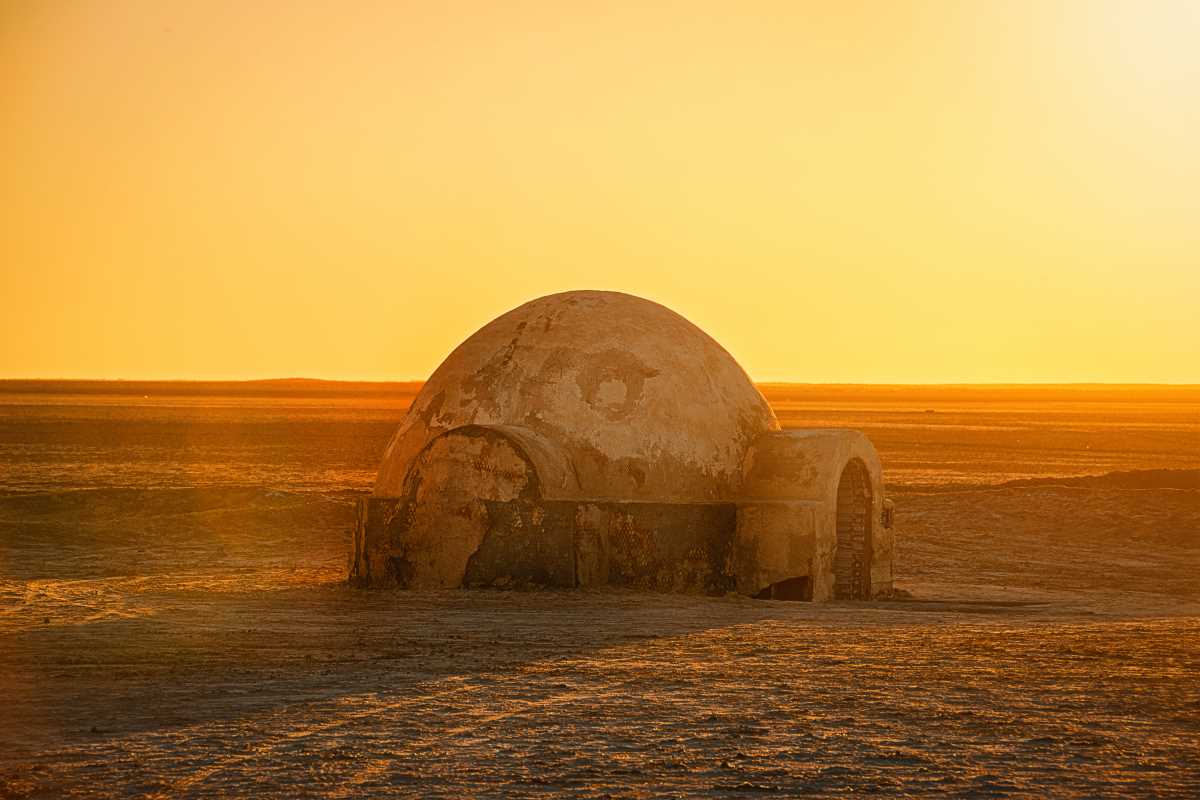Have you ever watched a movie that looked completely different from anything you’ve seen before? That’s the magic of experimental animation! It’s a creative style of filmmaking that doesn’t follow the usual rules. Instead, it focuses on pushing boundaries and trying new ideas. From wild visuals to unusual stories, experimental animation creates a world where anything is possible. Recently, it has become popular in movies around the world, attracting fans of all ages. This unique art form reflects the creativity of artists who dare to be different. Let's explore how experimental animation has evolved and why it’s changing the way we see films.
What Is Experimental Animation?
Experimental animation is a type of filmmaking that breaks the norm. Traditional animation tells stories in ways most people are familiar with, like using cartoons for jokes or heartwarming tales. Experimental animation, however, goes beyond that. It uses strange shapes, abstract art, unusual movements, or even random sounds to create something entirely new. It’s less about following a clear storyline and more about creating a unique experience for the audience.
Imagine a movie where colorful blobs dance across the screen in rhythm with music or where characters look like they’re made from moving clay or paper cutouts. These aren’t your typical animated films—they’re designed to surprise and amaze you.
While experimental animation may seem odd at first, many people find it exciting because it challenges how we think about movies. It offers filmmakers the freedom to be creative without worrying about sticking to traditional rules.
A Brief History of Experimental Animation
Experimental animation dates back to the early 20th century, long before Pixar and Disney ruled the animation world. Artists like Lotte Reiniger and Oskar Fischinger were some of the first to explore this art form. Reiniger created stunning silhouette animations using paper cutouts, while Fischinger made abstract films synchronized to music. These early works might seem simple compared to today’s high-tech movies, but they were groundbreaking at the time.
During the 1940s and 1950s, experimental animation got even more attention as filmmakers began to play with new materials and techniques. They used sand, paint, and even scratches on film to create moving art. Each animation was like a painting that came to life.
Over time, experimental animation spread to different parts of the world. Directors in Japan, Europe, and the United States began creating films that showcased their culture and creativity. Today, you can find examples of experimental animation being used everywhere—from short films in art galleries to blockbuster movies on the big screen.
Different Styles of Experimental Animation
Experimental animation comes in many forms, and each style brings something special to the table. Here are a few popular types:
Stop-Motion Animation
Stop-motion animation involves taking photos of objects frame by frame to make them appear as if they’re moving. The movie The Nightmare Before Christmas is a well-known example, but experimental animators often push stop-motion further. They might use strange materials like fur, clay, or even junk items to tell their stories.
Abstract Animation
Abstract animation doesn’t rely on characters or plots. Instead, it focuses on shapes, colors, and movements. For instance, animator Oskar Fischinger created mesmerizing patterns that danced along to music, creating a mix of sound and visuals that was ahead of its time.
Mixed Media
Some experimental animators combine several techniques, like drawing, painting, and live-action footage, in one film. This approach often results in wild, unpredictable scenes. The Academy Award-winning short Love on the Beat mixes painting with fast-paced transitions to tell its story.
Computer-Generated Experiments
With today’s technology, computer-generated imagery (CGI) opens up new possibilities. Directors can create visual effects that no human hand could replicate. Films like Spider-Man: Into the Spider-Verse blend comic book art, 3D models, and hand-drawn lines to bring their story to life in ways that standard animation cannot.
Notable Films That Changed the Game
Some groundbreaking films have made experimental animation a global highlight. Hayao Miyazaki's Spirited Away introduced audiences to the surreal beauty of Japanese animation blended with heartfelt storytelling. Another example, Richard Linklater's Waking Life, uses a rotoscope style where animators draw over live-action footage to create a dreamlike effect.
Pixar’s Soul uses experimental touches through its depiction of the “Great Beyond,” featuring bold designs and abstract concepts to visualize where souls exist. These films won critical acclaim not just for their stories but also for their daring visuals and originality.
The Role of Short Films
Many experimental works come in the form of short films. Shorts like The House on Netflix, which showcases stop-motion storytelling, or Yuri Norstein’s The Hedgehog in the Fog, an imaginative tale from Russia, are proof that you don’t need a long runtime to inspire wonder.
How Technology Is Changing Experimental Animation
Technology has always been a driving force behind experimental animation. Back in the day, artists had to paint by hand or use physical materials to create their films. While these techniques are still valued, today’s animators also have access to powerful computers and software.
Programs like Adobe After Effects and Blender allow artists to explore endless possibilities. Virtual reality (VR) and augmented reality (AR) are also opening up new ways to tell stories. Imagine watching an experimental film where you’re surrounded by the animation, feeling like you're part of the movie itself!
The internet has also helped experimental animation reach new audiences. Filmmakers no longer need big studios to showcase their work—they can upload their films directly to platforms like YouTube or Vimeo, where people from all over the world can enjoy them.
The Influence of Experimental Animation on Global Films
Even though experimental animation is unique, its ideas often influence mainstream films. Directors sometimes borrow techniques like bold visuals or storytelling styles to give their movies a fresh appearance. For instance, the creative animation approach in Spider-Man: Into the Spider-Verse inspired other companies to experiment with similar stylized looks in their projects
Beyond Hollywood, countries like Japan and France have embraced experimental animation as a way to tell culturally rich and visually stunning stories. International film festivals now feature more experimental films, helping to inspire artists and directors everywhere.
 (Image source: Studio Ghibli)
(Image source: Studio Ghibli) 





